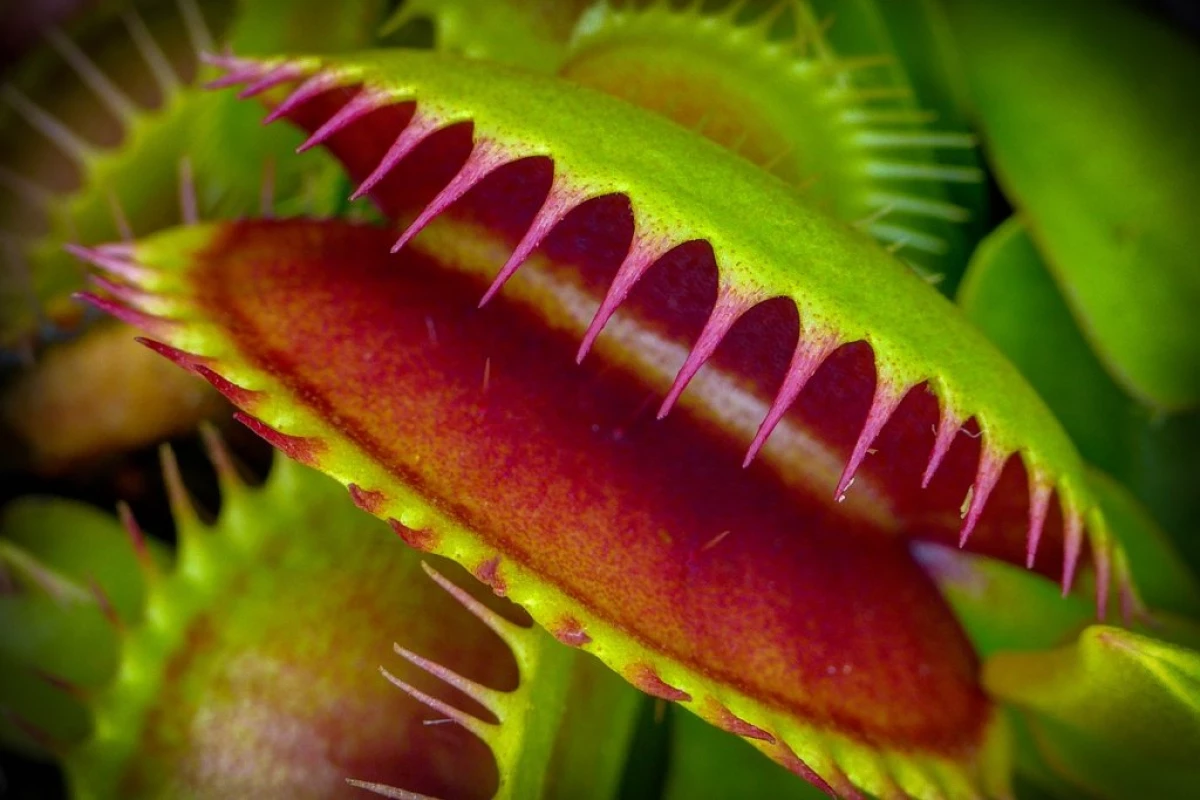
Veinelery Mukholovka is perhaps the most famous of the predatory plants. Its trap works when stimulating sensitive hairs and slams so sharply that the victim does not have time to react. This mechanism even reproduced artificially, in the form of a robotic system. And now Singapore engineers turned into "robots" the plants of the veneree mukholovka.
Xiaodong Chen and his colleagues from Nanyang Technological University (NTU) in Singapore have learned to control the "Cotture" leaves of the mukholovka both on a living stem and in a cut form. Thus, the predatory plant has turned into an exceptionally soft robotic grip, suitable for manipulating the most fragile objects. Scientists write about this in an article published in the Nature Electronics magazine.
In nature, sensitive hair traps are mechanically irritated by insects, generating an electric potential of action, which then extends to "predatory leaves", forcing them to slam them. Therefore, scientists launched this mechanism with a weak stimulation with a current, only 0.00001 watts are sufficient. The plant was summed up an easy electronic interface, managed from a mobile phone, and on the command of experimenters, his trap triggered with a delay of 1.3 seconds.
The first experiments have shown that the controlled predatory plant is able to capture and hold the wire with a thickness of up to 0.5 millimeters. The authors believe that it can be used in combination with a full-fledged robotic manipulator. The trap fixed at the end will allow the machine to hold the items too small or fragile for its own capture.
To work such a system, it is practically no additional energy costs - unless scientists succeed in solving the main problem. Unfortunately, the living plant, and the "robotic" need a lot of time in order to "relax" their trap and prepare it to a new cycle of work: sometimes it may be needed for more than an hour.
Source: Naked Science
